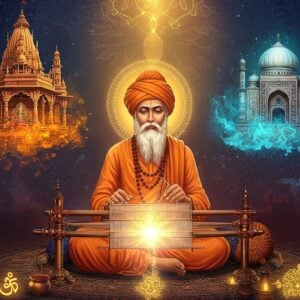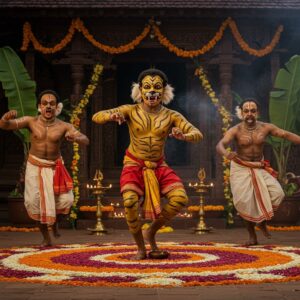
Come, let’s take a journey together, not just to a place on the map, but to a land where history breathes in the air and culture is woven into the very fabric of daily life. Sawai Madhopur, a name that often brings to mind the majestic tigers of Ranthambore, is so much more. It’s a treasure chest of stories, a testament to the valour of Rajput kings, and a sanctuary of timeless traditions. This guide is your friend on a walk through the historical lanes and cultural landmarks that make this district in Rajasthan a truly special destination for anyone whose heart beats for Indian heritage.
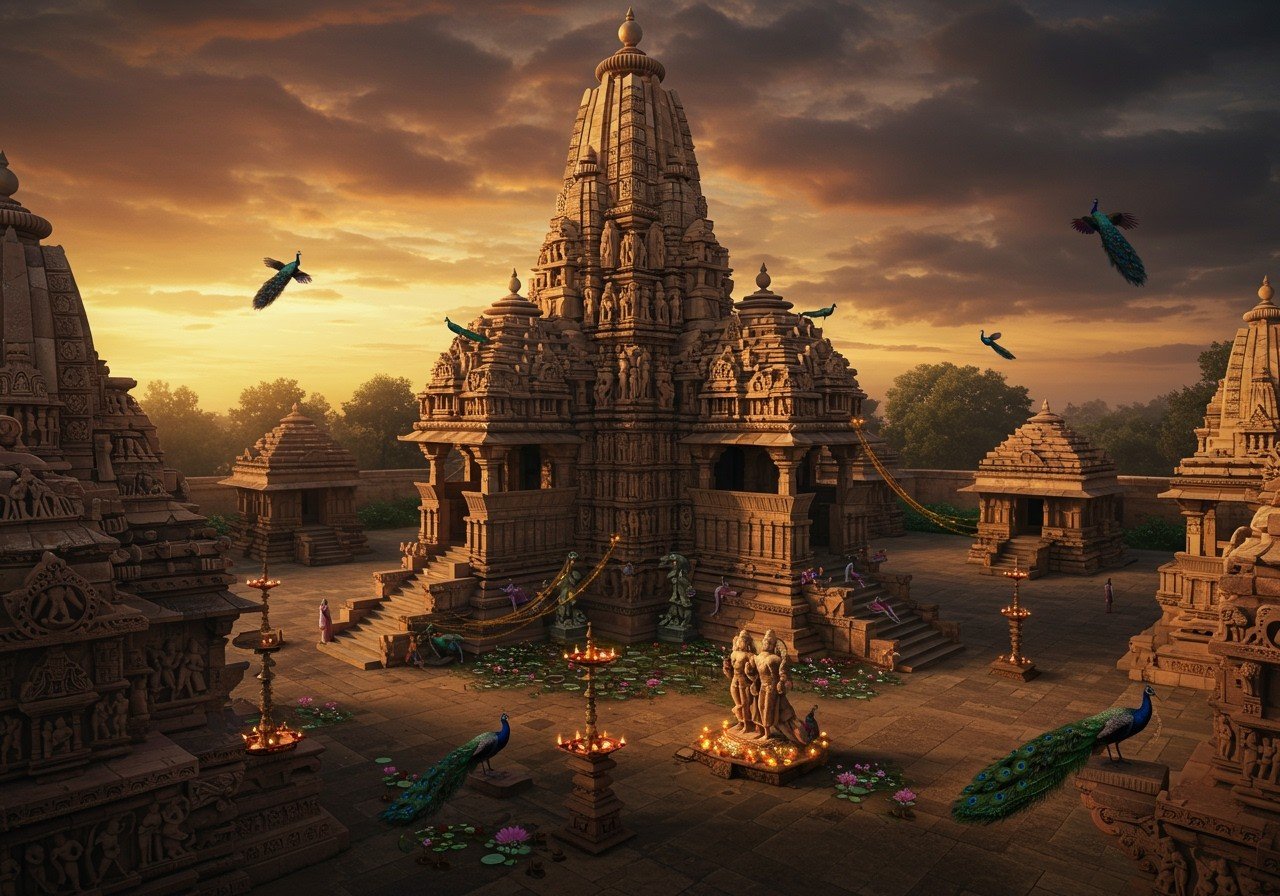
The Story of Sawai Madhopur: A Glimpse into its Glorious Past
Every corner of Sawai Madhopur has a tale to tell. The city itself was planned and brought to life in 1765 by Maharaja Sawai Madho Singh I of Jaipur, a visionary ruler. But the roots of this land go much deeper, back to when it was known simply as Ranthambore. Its strategic location made it a prized possession, a key to controlling the region. This is why you see the magnificent Ranthambore Fort standing tall, a silent witness to countless battles and centuries of history. The architecture here is a beautiful ‘jugalbandi’ of Rajput grandeur and Mughal elegance, reflecting a history where cultures met and merged, creating a unique identity that is still visible today.
Sacred Landmarks and Heritage Sites: Where Divinity Meets History
To truly understand Sawai Madhopur, one must visit its cultural and spiritual anchors. These are not just monuments of stone and mortar; they are living centres of faith and heritage.
Ranthambore Fort: A UNESCO World Heritage Gem
Perched high on a hill, overlooking the sprawling forests of Ranthambore National Park, this fort is a sight to behold. Dating back to the 10th century, it’s a UNESCO World Heritage Site that feels like a city within a city. As you walk through its ancient gates, you’ll find magnificent palaces, grand cenotaphs, and reservoirs. The fort also shelters ancient temples, each with its own story, offering panoramic views that will leave you spellbound.
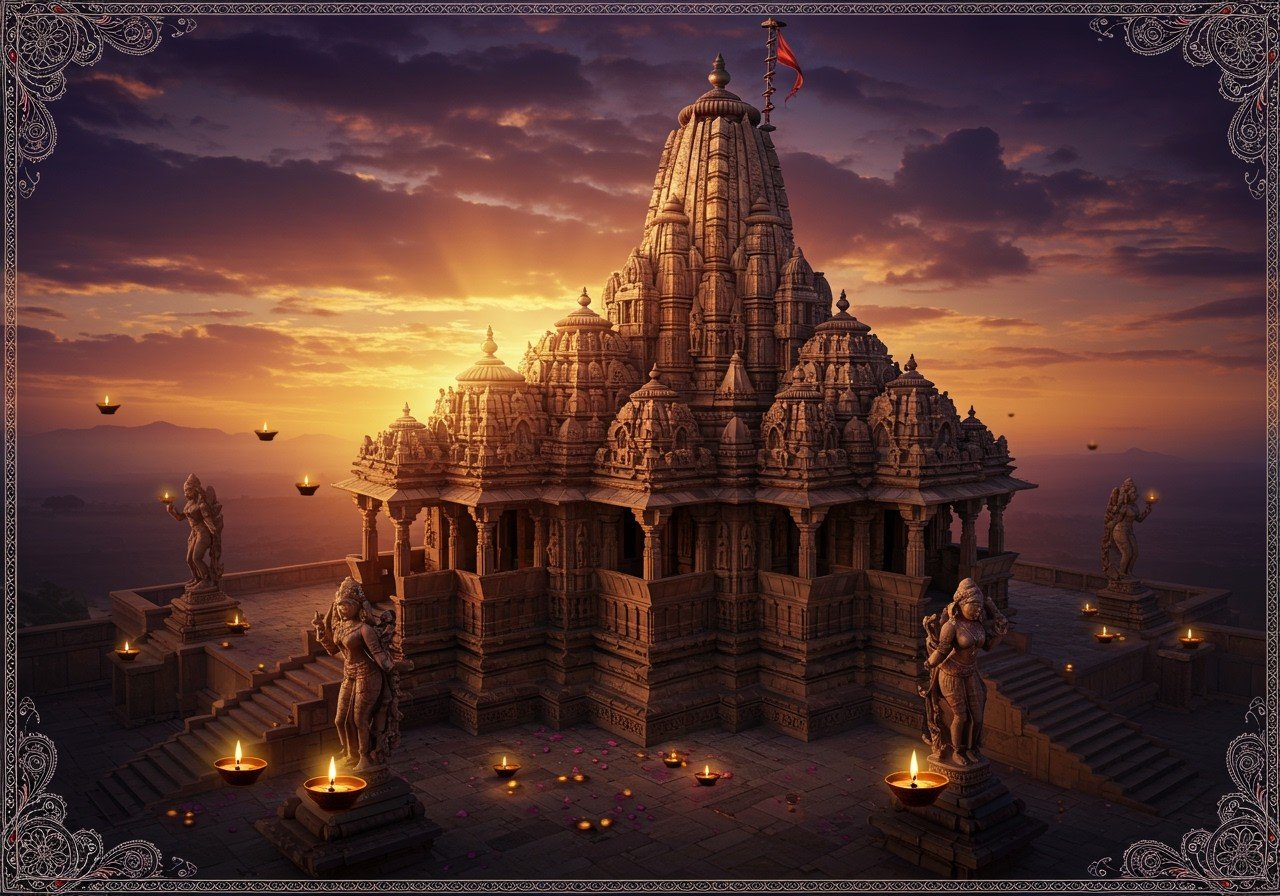
Trinetra Ganesh Temple: The Three-Eyed Lord’s Abode
Nestled within the mighty Ranthambore Fort is a temple that draws devotees from all over the country – the Trinetra Ganesh Temple. This is one of the oldest and most revered temples dedicated to Lord Ganesha. What makes it truly unique is the idol of Ganpati ji with his entire family, and he is depicted with three eyes (Trinetra). It is a place of immense faith, where thousands of wedding invitations are sent to the Lord as the first guest, seeking his blessings.
Other Jewels of Sawai Madhopur
- Khandar Fort: A little off the beaten path, about 45 km from the main city, lies the formidable Khandar Fort. Once ruled by the Sisodia kings of Mewar, its strategic design and commanding position tell tales of its historical importance and the battles it has witnessed over the centuries.
- Chamatkar Temple & Kala Gaura Bhairav Temple: These temples are central to the local community’s faith. The Chamatkar Temple is known for its beautiful architecture and the lively annual fairs that bring the entire region together in a celebration of devotion and culture.
Bringing a Piece of Tradition Home with Poojn
Exploring these sacred sites, one can’t help but feel a deep connection to our roots and traditions. If you wish to bring that sense of divinity and cultural richness into your own home, poojn.in is here for you. We understand the importance of authentic ritual items for your daily puja and special ceremonies. From beautiful holy idols that radiate grace to pure Dashakarma items for your rituals, we provide everything you need with the assurance of quality and authenticity, delivered right to your doorstep.
The Living Culture: Arts, Festivals, and Flavours
The spirit of Sawai Madhopur is not just confined to its monuments; it thrives in its people and their traditions.
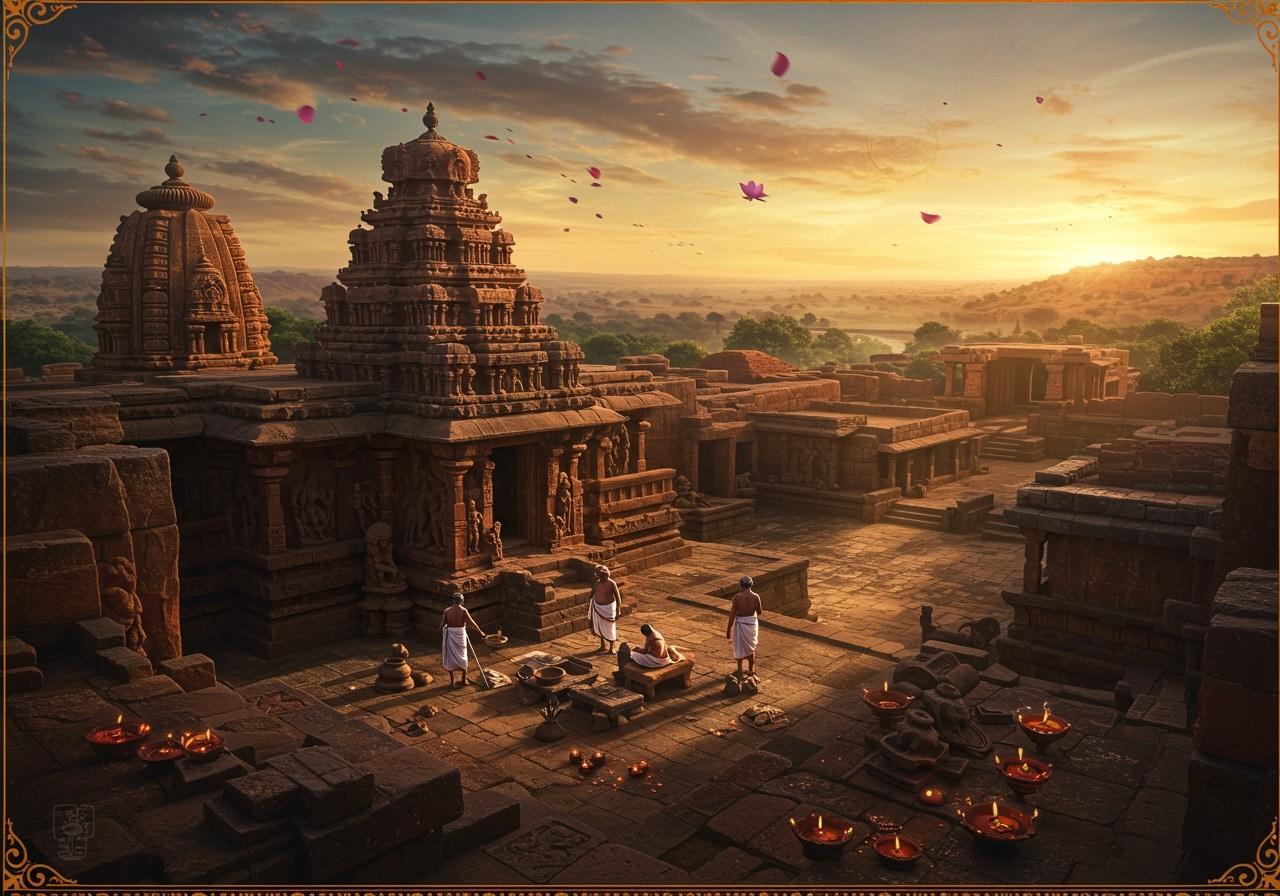
Traditional Arts and Crafts
The bazaars here are a riot of colour. You’ll find exquisite examples of Bandhani and Leheriya, the traditional tie-dye textiles that are a hallmark of Rajasthan’s vibrant culture. The ancient art of Kathputli (wooden puppetry) is still alive, narrating epic tales of heroes and kings. The local artisans, with skills passed down through generations, create magic with clay, crafting beautiful pottery and terracotta art.
Festivals and Joyful Celebrations
The people of Sawai Madhopur know how to celebrate life. The Sawai Madhopur Utsav is a grand affair showcasing the region’s best music, folk dances like Ghoomar and Kalbelia, and local crafts. Festivals like Ganesh Chaturthi (especially at the Trinetra Temple), Teej, and Dussehra are celebrated with immense fervour, filling the streets with processions, music, and devotion.
Planning Your Cultural Visit to Sawai Madhopur
Many people thinking of a trip here often ask about its deeper historical roots. Sawai Madhopur is not just a destination; it’s an experience. Its fame comes from being home to the Ranthambore Fort, a bastion that has stood strong for over a thousand years, making it a place of immense historical value.
You might also wonder how to best immerse yourself in the local culture. The truest way is to participate. Visit the local markets, talk to the artisans, and if you can, time your visit during a festival. The best time for this cultural exploration is between October and March. The weather is pleasant, and this period is bustling with local festivals, offering you a chance to see the culture in its full glory.
And while it’s famously called the “Gateway to Ranthambore” because it’s the main entry point to the magnificent national park, remember that the park itself is intertwined with history, with the ancient fort standing right in its heart. So, when you visit, you get a beautiful blend of nature, wildlife, and a rich cultural past.
Conclusion: Embrace the Timeless Spirit
Sawai Madhopur is an invitation to step back in time and connect with a heritage that is both grand and deeply personal. It’s a place where stories of valour echo in the forts, where faith finds a home in ancient temples, and where culture is a living, breathing entity. It’s a journey that doesn’t just show you sights, but touches your soul. We hope you’ll embrace its timeless spirit and carry a piece of its tradition in your heart.

